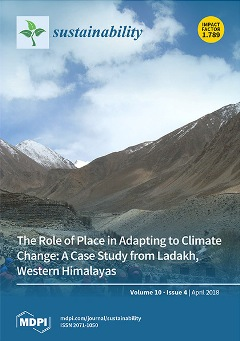1
NSW Department of Primary Industries, Wagga Wagga Agricultural Institute, PMB, Wagga Wagga, NSW 2650, Australia
2
The Land Institute, 2440 E. Water Well Rd., Salina, KS 67401, USA
3
NSW Department of Primary Industries, Cowra Research and Advisory Station, Binni Creek Rd., Cowra, NSW 2795, Australia
4
Department of Agronomy and Plant Genetics, University of Minnesota, 1991 Upper Buford Cir, St. Paul, MN 55108, USA
5
Agriculture and Agri-Food Canada, Lethbridge Research and Development Centre, 5403 1st Avenue South, Lethbridge, AB T1J 4B1, Canada
6
CREA Research Centre for Engineering and Agro-Food Processing, Via Manziana, 30, 00189 Rome, Italy
7
CSIRO Agriculture and Food, PO Box 102, Toowoomba, QLD 4350, Australia
8
Department of Plant Science, Room 222 Agriculture, University of Manitoba, Winnipeg, MB R3T 2N2, Canada
9
International Maize and Wheat Improvement Center (CIMMYT), P.O. Box 39 Emek, Ankara 06511, Turkey
10
Department of Primary Industries and Regional Development (Western Australia), 3 Baron-Hay Court, South Perth, WA 6151, Australia
11
Agriculture Botany Division, National Agriculture Research Institute, Nepal Agricultural Research Council, Khumaltar, Lalitpur 44700, Nepal
12
Department of Crop Sciences, University of Illinois, 1201 W. Gregory Dr., Urbana, IL 61801, USA
13
Department of Plant Biology, Uppsala BioCenter, Linnean Centre for Plant Biology in Uppsala, Swedish University of Agricultural Sciences, SE-75007 Uppsala, Sweden
14
School of Agriculture and Food Sciences, The University of Queensland, Brisbane, QLD 4072, Australia
15
Omsk State Agrarian University Named after P.A. Stolypin, 1 Institutskaya Square, 644008 Omsk, Russia
16
Research Institute of Plant Industry, VIR, Botanika, Kibray District, Tashkent Region 111202, Uzbekistan
add
Show full affiliation list
remove
Hide full affiliation list





